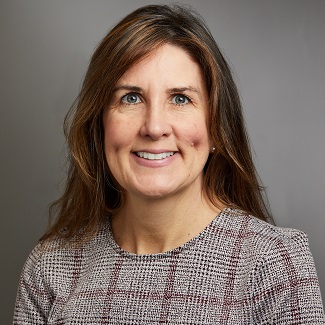Julie Gaither, Ph.D., M.P.H.
Assistant Professor of Pediatrics
Yale School of Medicine

Assistant Professor of Pediatrics
Yale School of Medicine
Key Words: Opioids, Poisonings, Overdose, Toxicity, Death
Nearly 10,000 children and adolescents died from opioid poisonings in the United States over the past twenty years, and for every child who died another four were poisoned severely enough to require hospitalization. Yet, the dangers that opioids pose to children are not reflected in the current healthcare policies in place in the U.S. today; adults are the focus of virtually all of the public health measures enacted over the past two decades to contain this epidemic—a reflection of what little is known about the risks for opioid poisonings in children. We aim, therefore, with this research to understand child, family, home, and community risk factors for pediatric opioid poisonings, as a first step to developing interventions that will keep children safe from these harmful and addictive drugs. The aim of the first study is to determine the risks for pediatric opioid poisonings by examining 1,592 detailed reports collected from 36 states on children who died from opioid poisonings in recent years. The aim of the second study is to elicit feedback from parents and healthcare providers on issues related to opioid safety by conducting interviews with individuals in our local community in the Northeast. By focusing on the homes where children have actually died, and in talking directly to parents and healthcare providers, we seek to understand the epidemic from the perspective of those who struggle daily with this unprecedented public health crisis. Long term, these detailed, real-world data will form the basis from which to develop interventions that are pediatric specific, family-centered, and tailored toward communities across the U.S., including in the Northeast—where Connecticut, Maine, Massachusetts, New Hampshire, and Rhode Island are among the top ten states for opioid overdose deaths in the country.